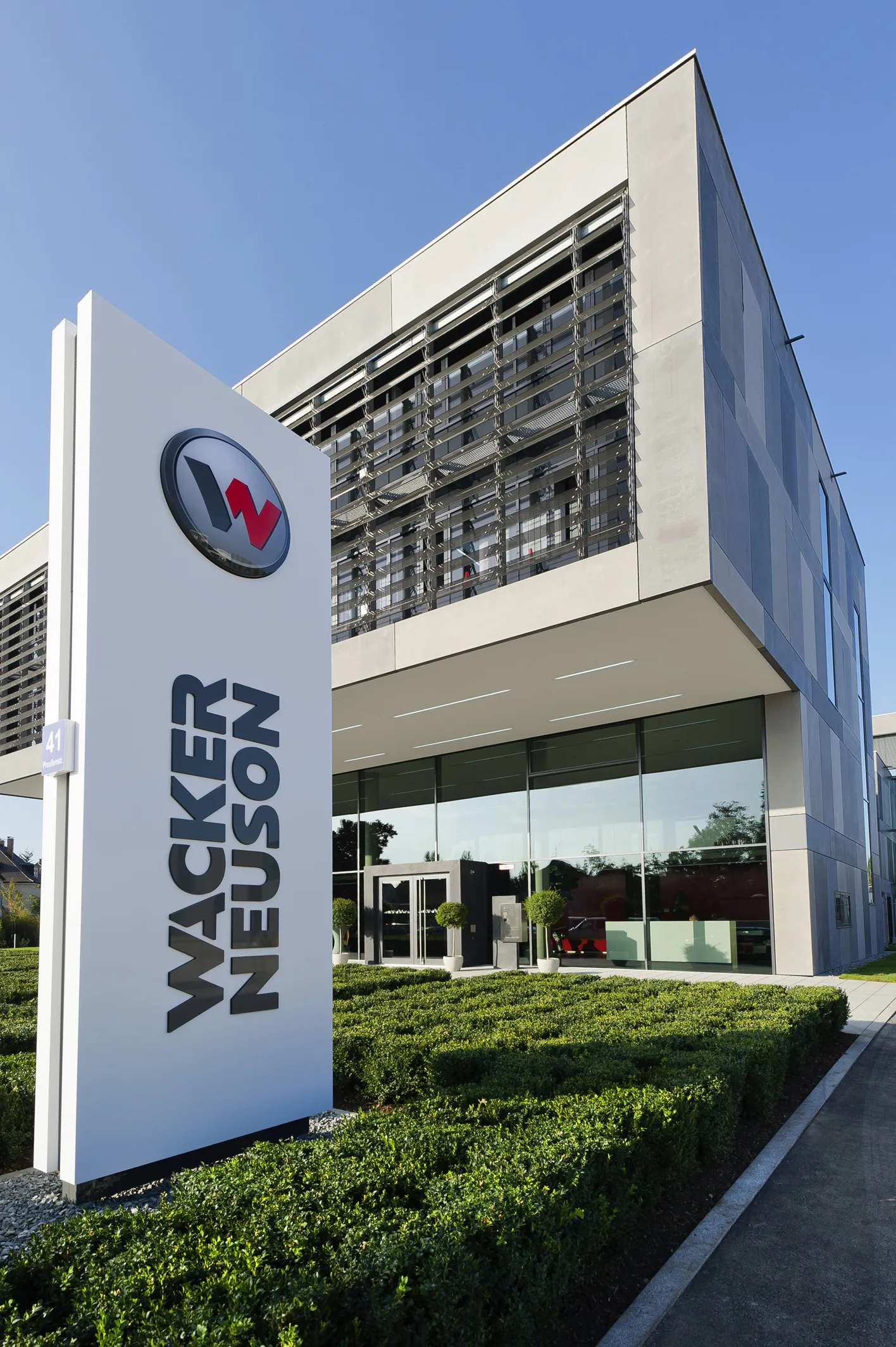Cautious mining customers holding back from investing in equipment is said by Atlas Copco to be a key reason behind an ‘organic’ decline of 11% in the value of its product and service orders and 5% ‘organic’ drop in revenues compared to the same three months of last year. The firm’s orders received value decreased to €2.45 billion (SEK 21,008mn) in Q1 2013 from €2.89 billion (SEK 24,827mn) in Q1 2012. Atlas Copco revenues were €2.36 billion (SEK 20,227mn) in the first three months of 2013, compared to €2.59
April 30, 2013
Read time: 2 mins
Cautious mining customers holding back from investing in equipment is said by 161 Atlas Copco to be a key reason behind an ‘organic’ decline of 11% in the value of its product and service orders and 5% ‘organic’ drop in revenues compared to the same three months of last year.
The firm’s orders received value decreased to €2.45 billion (SEK 21,008mn) in Q1 2013 from €2.89 billion (SEK 24,827mn) in Q1 2012. Atlas Copco revenues were €2.36 billion (SEK 20,227mn) in the first three months of 2013, compared to €2.59 billion (SEK 22,254mn) over the same period of 2012.
In further released figures, the Swedish construction equipment manufacturer recorded a €484.92 million (SEK 4,156mn) operating profit in Q1 2013, down 10% from €538.36 million (SEK 4,614) in Q1 2012.
Demand for Atlas Copco products and services from the manufacturing and construction industries remained healthy in North America, the company said. However, mining equipment orders were said to be significantly lower compared to the previous year, but largely uncharged sequentially.
South America orders fell, both compared to the previous year and sequentially, primarily due to lower equipment demand from the mining industry.
In Europe, orders received were largely said to be unchanged compared to the previous year and increased sequentially, supported by good order intake of large compressors. Strongest overall order growth was achieved in Germany and Turkey.
In Africa and the Middle East, Atlas Copco said orders were lower than the previous year, but “clearly higher” than the most recent quarter.
Asia orders were said by Atlas Copco to be flat compared to the previous year and higher sequentially. Strongest growth was in South East Asia. China and India order intake across all business areas was higher sequentially, but still below the level of the previous year.
Atlas Copco believes the near-term demand outlook for the Group’s products and services is expected to remain at the current level. This is an improvement on the previous near-term demand outlook, issued on January 31 2013, which predicted a demand decrease.
The firm’s orders received value decreased to €2.45 billion (SEK 21,008mn) in Q1 2013 from €2.89 billion (SEK 24,827mn) in Q1 2012. Atlas Copco revenues were €2.36 billion (SEK 20,227mn) in the first three months of 2013, compared to €2.59 billion (SEK 22,254mn) over the same period of 2012.
In further released figures, the Swedish construction equipment manufacturer recorded a €484.92 million (SEK 4,156mn) operating profit in Q1 2013, down 10% from €538.36 million (SEK 4,614) in Q1 2012.
Demand for Atlas Copco products and services from the manufacturing and construction industries remained healthy in North America, the company said. However, mining equipment orders were said to be significantly lower compared to the previous year, but largely uncharged sequentially.
South America orders fell, both compared to the previous year and sequentially, primarily due to lower equipment demand from the mining industry.
In Europe, orders received were largely said to be unchanged compared to the previous year and increased sequentially, supported by good order intake of large compressors. Strongest overall order growth was achieved in Germany and Turkey.
In Africa and the Middle East, Atlas Copco said orders were lower than the previous year, but “clearly higher” than the most recent quarter.
Asia orders were said by Atlas Copco to be flat compared to the previous year and higher sequentially. Strongest growth was in South East Asia. China and India order intake across all business areas was higher sequentially, but still below the level of the previous year.
Atlas Copco believes the near-term demand outlook for the Group’s products and services is expected to remain at the current level. This is an improvement on the previous near-term demand outlook, issued on January 31 2013, which predicted a demand decrease.







